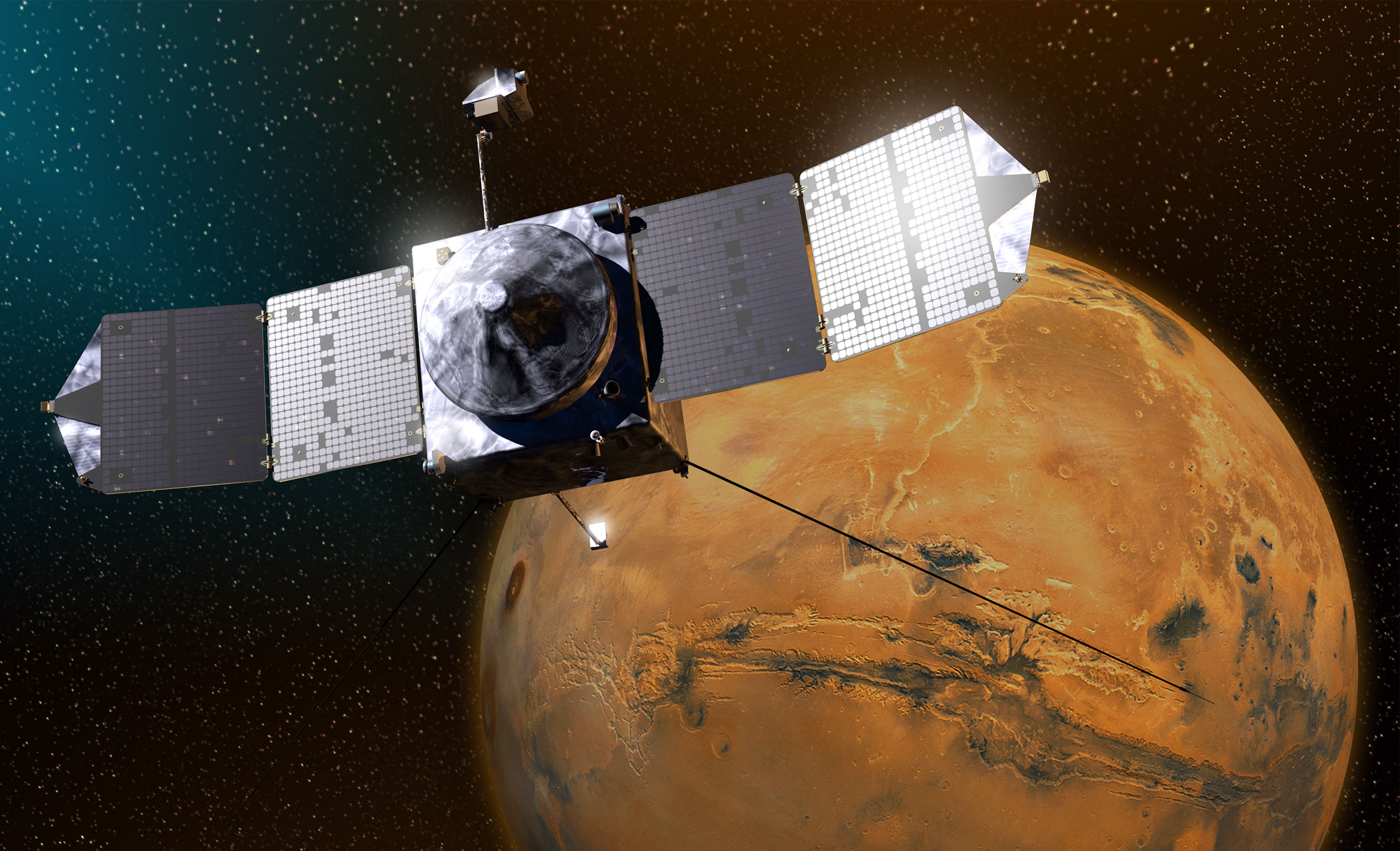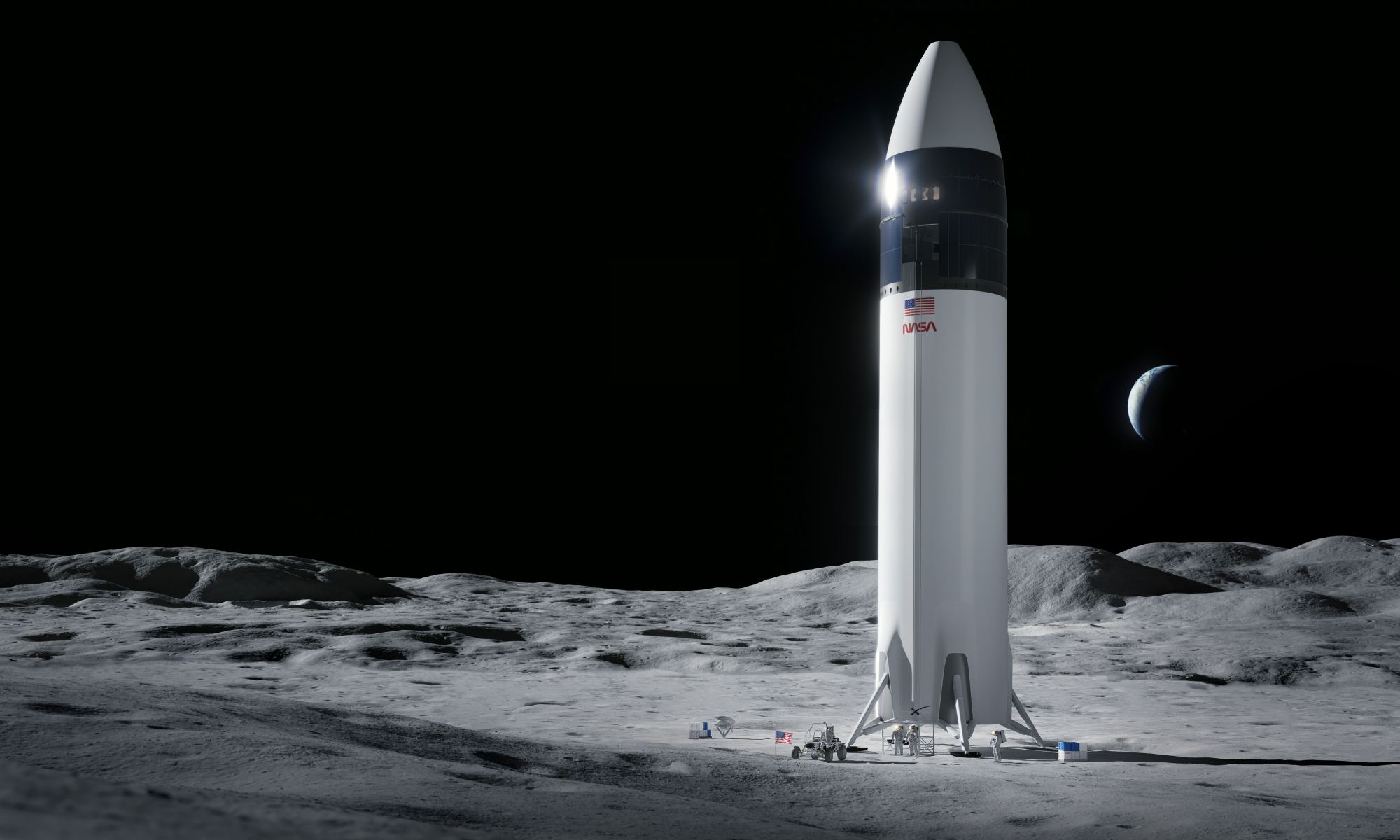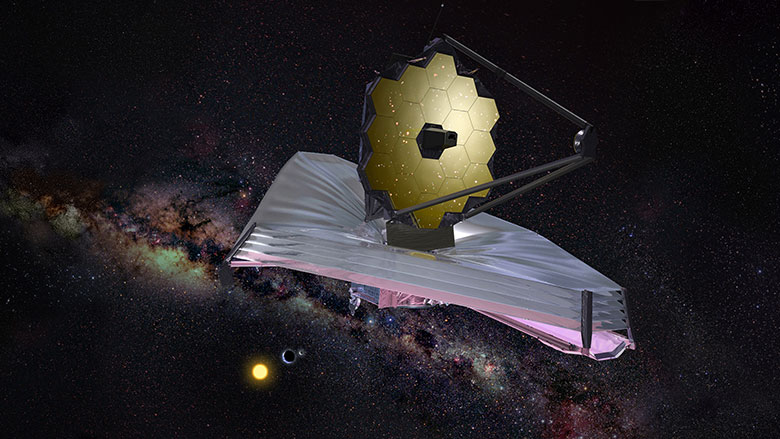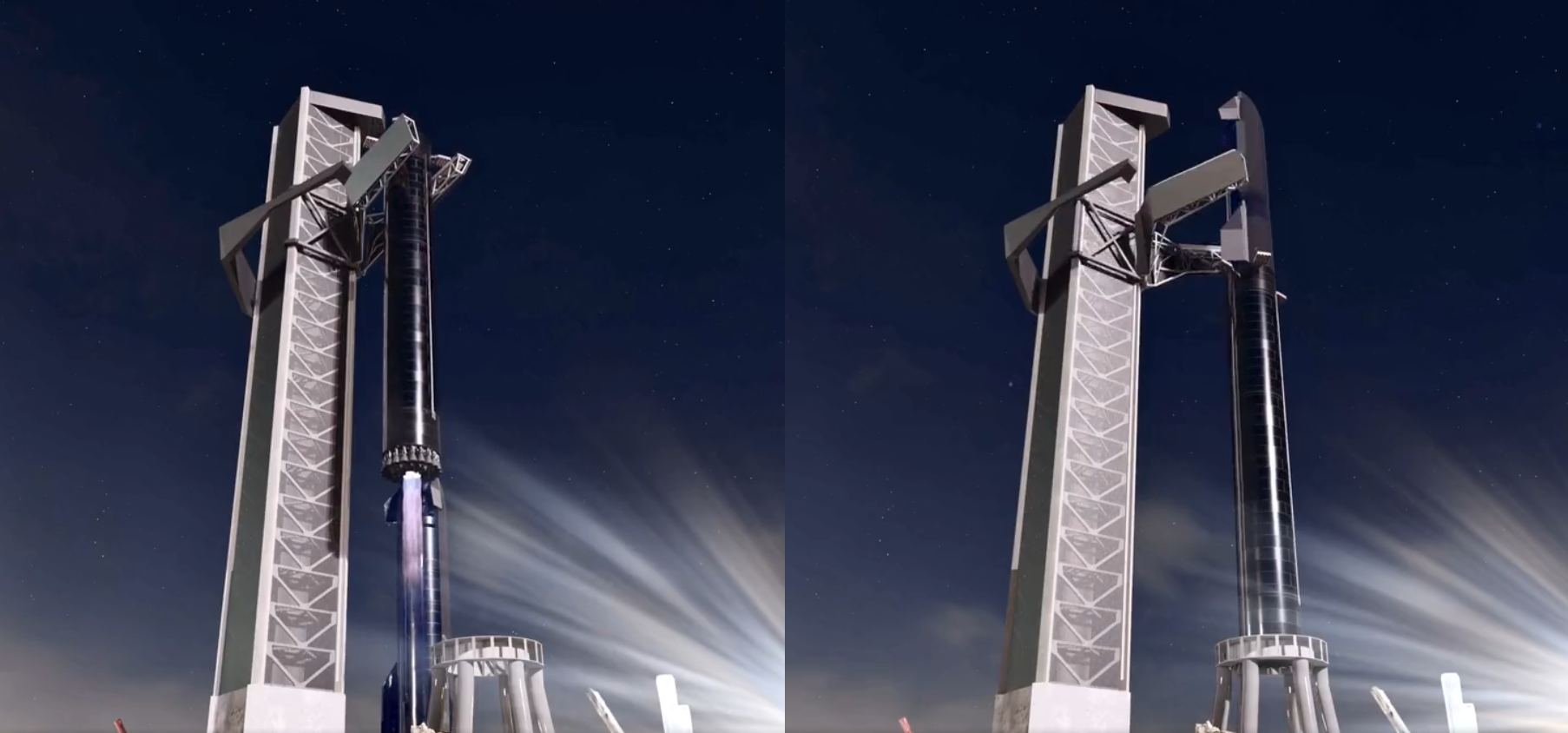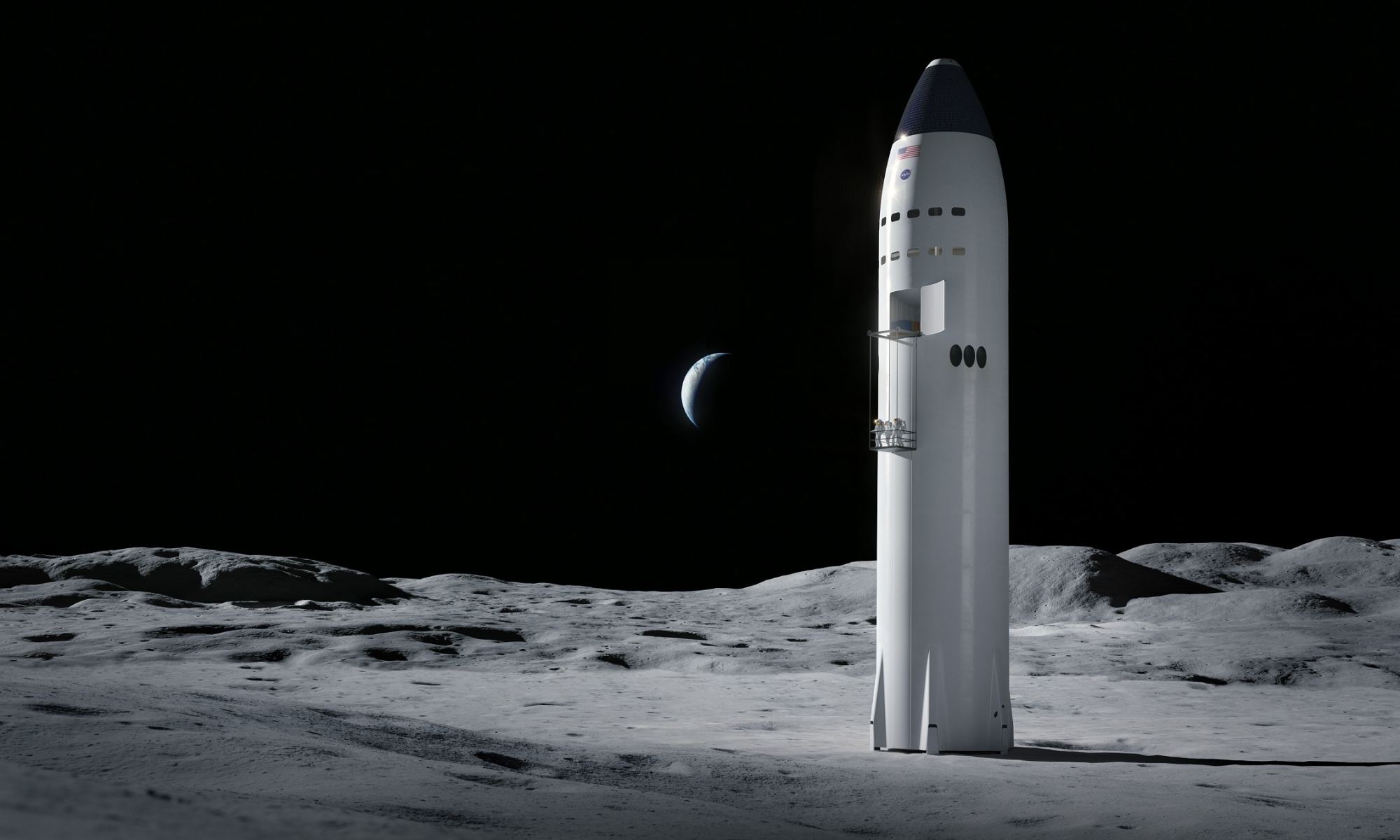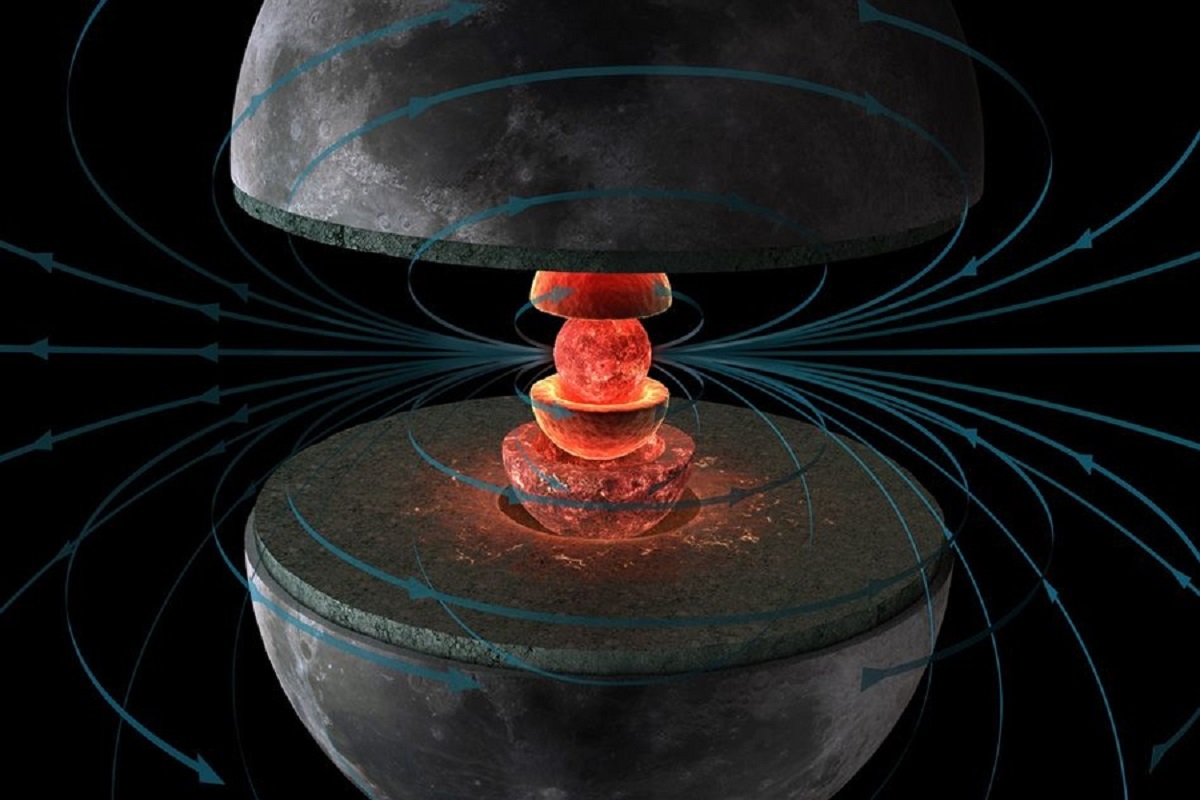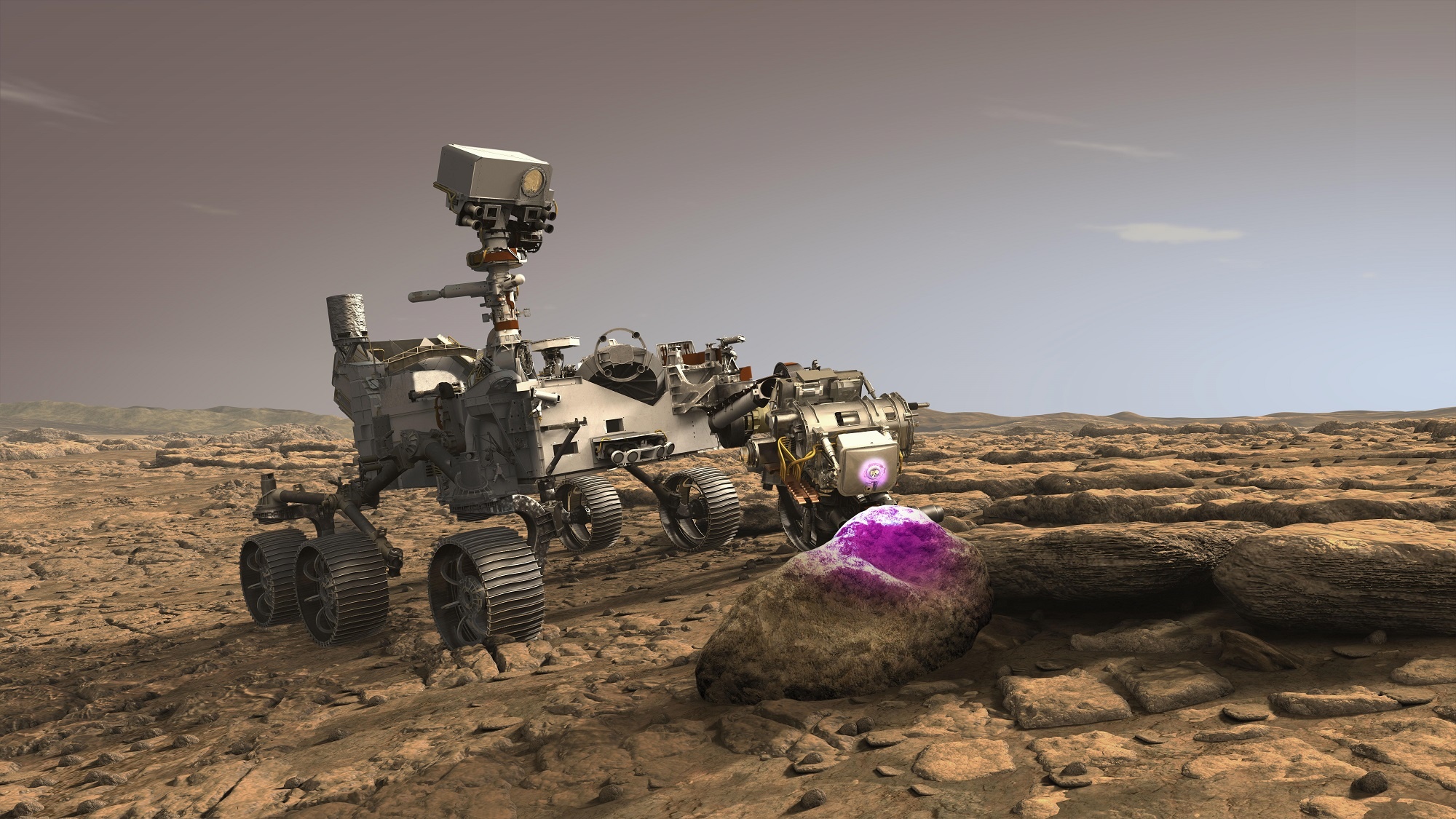Despite decades of exploration and study, Mars still has its fair share of mysteries. In particular, scientists are still trying to ascertain what happened to the water that once flowed on Mars’ surface. Unfortunately, billions of years ago, the Martian atmosphere began to be stripped away by the solar wind, which also resulted in the loss of its surface water over time – although it was not entirely clear where it went and what mechanisms were involved.
To address this, a team of scientists recently consulted data obtained by three orbiter missions studying the Martian atmosphere. In the process, they found evidence that the smaller regional dust storms that happen almost annually on Mars are making the planet drier over time. These findings suggest that storms are a major driving force behind the evolution of Mars’ atmosphere and its transition to the freezing and desiccated place we know today.
Continue reading “Dust Storms on Mars Continue to Make the Planet Drier”
